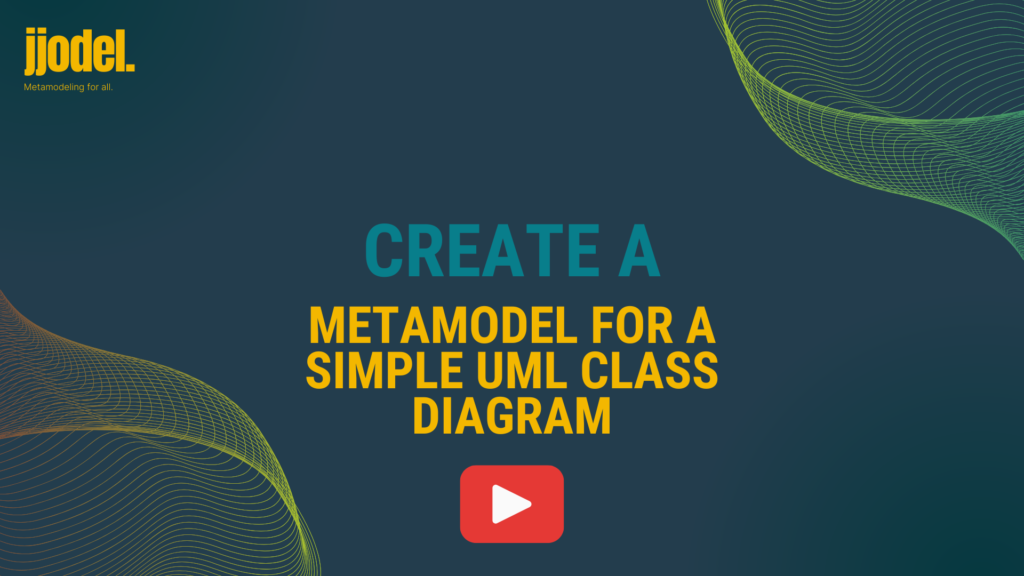Comparing EMF and Jjodel
While EMF is a robust and proven framework for traditional MDE workflows, Jjodel brings modernity, flexibility, and cloud-based innovation to the table. Its focus on usability, reactivity, and integrated features makes it a strong contender for modern model-driven engineering needs, especially in distributed and collaborative environments.
Comparison
| Aspect | EMF | Jjodel |
|---|---|---|
| Core Focus | Metamodeling, code generation | DSMLs, live editing, co-evolution |
| Deployment | Local installation, Eclipse-based | Cloud-based, zero-setup |
| Architecture | Component-based | Integrated, Reflective |
| UI Technology | Eclipse-based | Modern (React/Redux) |
| Concrete Syntax Support | External tools (e.g., Sirius, GMF, Xtext) | Visual & Textual (integrated) |
| Co-Evolution | Manual regeneration required | Live, seamless |
| Validation | Requires separate execution | Dynamic, integrated |
| Extensibility | Plugins, Eclipse-specific tools | Web-based, modern frameworks |
| Collaboration | No built-in support | Real-time collaboration |
| Code Generation | Comprehensive Java code generation | Limited, focused on live modeling |
| Community | Large, well-established | Limited, Academic |

Create a Metamodel for a Simple UML Class Diagram
This video provides a step-by-step guide to creating a simple UML class diagram metamodel. Viewers will learn how to define core elements such as classes, attributes, and relationships, building a foundational structure for UML modeling. With clear explanations and hands-on examples, the tutorial simplifies metamodeling concepts, making it accessible for both beginners and those looking to reinforce their skills

